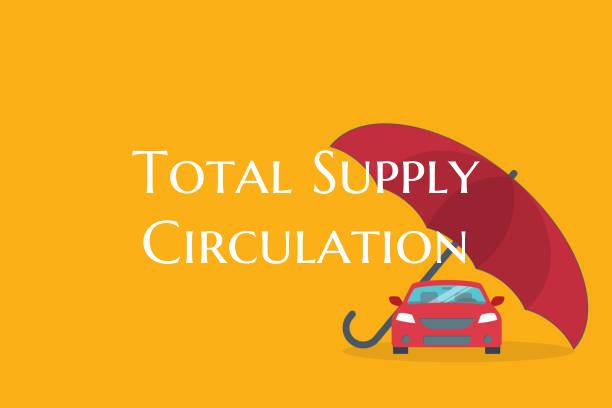Total Supply Circulation
Total supply circulation is a fundamental concept in economics that refers to the total amount of a particular good or service that is available or in circulation within an economy at a given point in time. This concept is crucial in understanding the dynamics of supply and demand, as well as the overall functioning of markets.
In a market economy, the total supply circulation of a product is determined by various factors, including the production capacity of producers, the availability of raw materials, technological advancements, and government regulations. It is essential for businesses and policymakers to have a clear understanding of the total supply circulation of goods and services in order to make informed decisions regarding production, pricing, and resource allocation.
When the total supply circulation of a product is insufficient to meet the demand, it can lead to shortages and price increases. On the other hand, an oversupply of a product can result in price declines and excess inventory. Balancing the total supply circulation with consumer demand is critical for maintaining market equilibrium and ensuring efficient resource allocation.
In macroeconomics, total supply circulation plays a key role in shaping the overall economic performance of a country. Changes in the total supply circulation of goods and services can impact inflation, employment, and economic growth. Central banks and policymakers often monitor total supply circulation trends as part of their efforts to manage the economy and achieve stability.
In conclusion, total supply circulation is a vital concept in economics that influences market dynamics, resource allocation, and economic performance. By understanding and analyzing total supply circulation, businesses, policymakers, and individuals can make better-informed decisions that contribute to the overall prosperity and efficiency of the economy.
